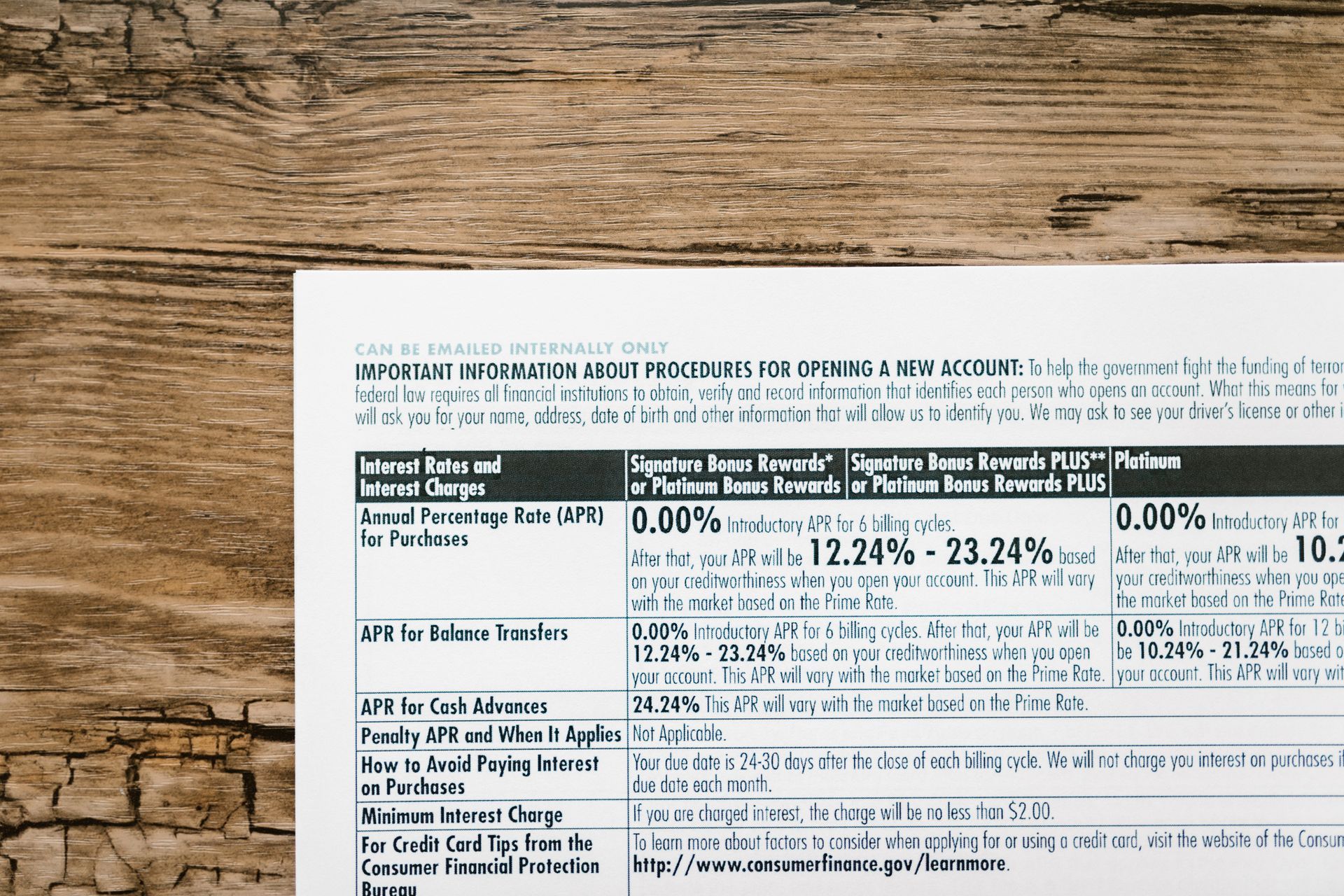The Average Monthly Cost of Different Medicare Supplement Plans
On average, you’ll spend about $139 monthly for a Medicare Supplement plan. However, your premiums could range from $100 to $300, depending on the plan and where you live. High-deductible options might lower your monthly costs, but adding benefits like dental or vision coverage can push expenses up. The choice and balance between cost and coverage are essential.
Your age, health status, and tobacco use also play roles in determining your rates, alongside your geographical location, which significantly impacts the cost due to local healthcare expenses and regulations. With careful consideration, you can find a plan that fits your budget and needs, unlocking more insights into managing your healthcare costs effectively.
Contact Us
We will get back to you as soon as possible.
Please try again later.
Key Takeaways
- The average monthly cost of a Medicare Supplement plan is $139.
- Premiums can vary widely, ranging from $100 to $300 depending on the plan type and location.
- Plans with comprehensive coverage, like Plan F and Plan G, typically have higher premiums.
- High-deductible plans offer lower monthly premiums as a trade-off for higher out-of-pocket costs.
- Factors such as age, health status, and tobacco use can also influence the cost of premiums.
Understanding Medigap Costs
Navigating through the costs of Medicare Supplement plans, you’ll find that the average monthly expense is $139. This figure, however, merely scratches the surface of what you might end up paying. Depending on the specific Medicare Supplement Plan, also known as Medigap, you select and where you live, your monthly premiums can vary significantly, ranging from $100 to $300. It’s crucial to note that the extent of coverage plays a pivotal role in determining these costs.
For instance, high-deductible plans might offer you lower premiums, making them an attractive option if you’re seeking to minimize upfront expenses while still securing supplemental coverage.
Yet, it’s not only the plan type that affects your monthly costs. Opting for additional benefits, such as dental or vision coverage, can also bump up your monthly expenses, reflecting the enhanced level of coverage. While these features can increase your quality of life, they also elevate the average monthly cost beyond the base rate of $139.
As you delve into the world of Medicare and Medigap, understanding these nuances is key to finding a plan that balances cost with the coverage you need, ensuring you’re neither underinsured nor overpaying for benefits you mightn’t use.
Factors Influencing Premiums
To fully grasp why you might pay more or less for your Medicare Supplement plan, it’s important to understand the factors that influence premiums. These factors can significantly affect your monthly costs, and being aware of them can help you make more informed decisions.
Here are three key factors:
- Plan Type: The selection of your plan type is crucial. Different plans offer varied levels of coverage, which directly impacts the premium rates. The more comprehensive the coverage, the higher the monthly cost might be.
- Age-Based Pricing: Insurers typically use age-based pricing models, meaning your premiums increase as you get older. This approach reflects the higher healthcare costs associated with aging.
- Tobacco Use and Health Status: Your health status and tobacco usage can also influence premiums. Insurers may charge higher rates for tobacco users or those with certain health conditions. Moreover, the underwriting method chosen by the insurer can affect how these factors are assessed, further impacting premium rates.
Location plays a significant role as well, with premiums varying widely across different states. Insurers consider local healthcare costs, regulatory environments, and competition when setting their rates. Understanding these factors influencing premiums can help you navigate the complexities of monthly costs more effectively.
Average Monthly Expenses
Understanding the average monthly expenses for a Medicare Supplement plan, you’ll find that they typically hover around $139. This average cost can give you a solid starting point when budgeting for your healthcare needs. However, it’s crucial to remember that premiums can vary significantly based on your location and the specific plan you select. Generally, you might see premiums ranging anywhere from $100 to $300 per month.
Opting for high-deductible plans could be a way to reduce your monthly premiums. These plans usually offer lower monthly costs upfront, but it means you’ll need to pay more out-of-pocket before your benefits kick in. On the other hand, selecting a plan with additional benefits can increase your monthly expenses. The balance between the cost and coverage is something you’ll need to consider carefully.
Your location plays a significant role in determining your premiums. Different states have different rates, and even within a state, costs can vary. The plan you select is equally important. With a variety of Medicare Supplement plans available, each offering different levels of coverage and benefits, your choice will directly impact your monthly expenses. Keep these factors in mind as you navigate your options.
Plan Type Variations
When comparing Medicare Supplement plans, it’s important to note that Plan F and Plan G usually come with higher monthly premiums than Plan N due to their differing coverage levels. This variation is primarily because Plan F and G offer more comprehensive coverage, including the costs that Medicare Part A and Part B don’t fully cover. In contrast, Plan N has cost-sharing features like copayments for doctor visits and emergency room visits, which help keep its premiums lower.
Here’s a quick breakdown:
- Medicare Supplement Plan F premiums are on the higher end because this plan covers all deductibles and coinsurance, leaving you with minimal out-of-pocket costs.
- Medicare Supplement Plan G offers a balance between coverage and cost, requiring you to pay the Medicare Part B deductible but then covering most other expenses.
- Medicare Supplement Plan N tends to have lower monthly premiums due to cost-sharing features, making it a more budget-friendly option for many.
Medicare Supplement Insurance companies determine Medigap plan premiums, leading to monthly premium variations across different plans. High-deductible plans may present lower monthly costs, but remember, additional benefits like foreign travel emergency coverage could increase your monthly premiums. Understanding these distinctions can help you navigate the average costs more effectively.
Age-Based Pricing
Age-based pricing means your Medicare Supplement plan's monthly premiums will rise as you get older. This model is fundamental in how Medicare Supplement insurance, or Medigap coverage, is priced. When you’re a younger beneficiary, you’ll notice that your initial monthly premiums are lower. It’s a perk of getting in early, but don’t get too comfortable. As time marches on, so will the cost of your premiums. This gradual increase is directly tied to your age, making the age factor a critical element in the cost structure of your Medicare Supplement plan.
Understanding this age-based pricing model is crucial for effective budgeting. Since healthcare expenses are a significant portion of many people’s budgets, especially as they age, knowing that your premiums increase as you do can help you plan better. Age-based pricing ensures that younger beneficiaries enjoy lower rates, but it also means that as you age, your monthly premiums will adjust upwards.
This approach to pricing models within Medicare Supplement insurance underscores the importance of considering the long-term costs and benefits of Medigap coverage as part of your overall strategy for managing healthcare expenses.
Location Impact
Your Medigap premiums can significantly differ based on where you live, making geographical location a key factor in determining your plan’s monthly cost.
While it might seem strange that two people with the same Medicare Supplement plan could pay different rates, it’s a reality due to the impact of location on policy cost. Here’s how understanding this can help you:
- Rates Vary Even Within the Same State: In some areas, the cost of living is higher, and this is often reflected in the Medigap premiums. This means that living in a rural area could result in lower monthly costs compared to urban locations.
- Different Areas, Different Costs: Geographic variations can lead to higher or lower premiums for the same coverage. For example, one state might’ve generally lower healthcare costs than another, influencing the rates you’re offered.
- Understanding Your Location’s Impact: Grasping how your location affects your Medicare Supplement plan’s monthly cost is crucial. It arms you with the knowledge to anticipate costs and make informed decisions about your healthcare coverage.
Additional Costs Considered
Understanding that premiums aren’t the only expense, it’s crucial to consider additional costs that can affect the total monthly price of your Medicare Supplement plan.
Beyond the average Medicare Supplement Insurance (Medigap) premium, which ranges from $100 to $300, factors like location and the specific plan chosen play significant roles in determining your costs.
For instance, Medicare Supplement Plan F and Medicare Supplement Plan G, known for their comprehensive coverage, might come with higher premiums due to the extensive Medicare Supplement Coverage they offer.
It’s also important to factor in that high-deductible options may present lower monthly premiums, offering a cost-effective solution for those willing to pay more out-of-pocket before benefits kick in. However, choosing additional benefits can increase the monthly expense, making a thorough cost comparison essential for finding the right balance between coverage and cost.
Comparing Medigap Plans
When comparing Medigap plans, it’s crucial to weigh the differences in premiums, benefits, and out-of-pocket costs to find the option that best suits your needs. Plan N, Plan F, and Plan G stand out as popular choices within Medicare Supplement Insurance, each with its unique coverage benefits and cost-sharing arrangements.
Here’s what you need to know:
- Plan F is the most comprehensive, covering nearly all out-of-pocket expenses but is no longer available to new enrollees. It’s ideal if you’re looking for extensive coverage and are willing to pay higher premiums for peace of mind.
- Plan G offers a balance, covering almost everything except the Part B deductible. It’s a solid choice if you want comprehensive coverage but are okay with a minor out-of-pocket expense, potentially resulting in lower premiums than Plan F.
- Plan N is cost-effective, with lower premiums but requiring copayments for certain services, such as doctor visits and emergency room trips. It’s suitable for those who prefer lower monthly costs and are comfortable with some cost-sharing.
Comparing Medigap plans involves assessing these key aspects to ensure you choose a plan that aligns with your healthcare needs and financial situation.
Rate Change Expectations
Expect rate changes for Medicare Supplement plans to vary each year due to factors like inflation and healthcare costs. These adjustments are influenced by a mix of insurance company policies, healthcare utilization trends, and medical advancements. As a policyholder, it’s crucial to understand that rate increases are a common occurrence within the industry. However, it’s also worth noting that some states have put regulations in place to limit the magnitude of these changes.
Insurers may adjust premiums to reflect the overall economic conditions, including inflation and the rising cost of healthcare. These premium adjustments aren’t arbitrary but are based on careful analysis of healthcare utilization and the impact of medical advancements that could alter the cost of care. Understanding the reasons behind these changes can empower you to make informed decisions about your Medicare Supplement coverage.
Saving on Supplement Plans
Given the inevitability of rate changes for Medicare Supplement plans, it’s important for you to know how to save on these costs. With the average monthly cost fluctuating, every bit saved helps in managing your healthcare budget effectively.
Here are a few strategies:
- Enroll During Open Enrollment: Taking advantage of the open enrollment period can lock in better rates for Medicare Supplement plans. This period ensures you’re not subjected to medical underwriting, potentially leading to lower premiums.
- Compare Plans: Don’t settle on the first option. Comparing plans from various providers can significantly reduce your expenses on Medicare Supplement insurance. Each company sets its own rates and benefits, so shopping around is key to finding the best fit for your needs and budget.
- Maintain a Healthy Lifestyle and Consider High-Deductible Options: Leading a healthy lifestyle not only benefits your overall well-being but may also lower your Medicare Supplement plan rates. Additionally, high-deductible options offer lower premiums, making them a cost-effective choice for those willing to pay a higher deductible before their plan benefits kick in. Always be on the lookout for discounts on insurance, as these can further reduce your costs.
Conclusion
In sum, navigating the waters of Medigap costs isn’t a walk in the park, but it’s manageable with the right compass. On average, you’re looking at a monthly premium that can vary widely based on several factors, including the type of plan, your age, and where you live.
Remember, it’s not just about finding the lowest premium but also understanding the
coverage that comes with it. Comparing plans and staying informed on potential
rate changes can help you save and ensure you’re adequately covered.
Contact us for all questions.
Boise Health & Life Insurance Agency - Serving Boise The Treasure Valley & Idaho
Boise, ID
83704
All Rights Reserved | goidahoinsurance.com












